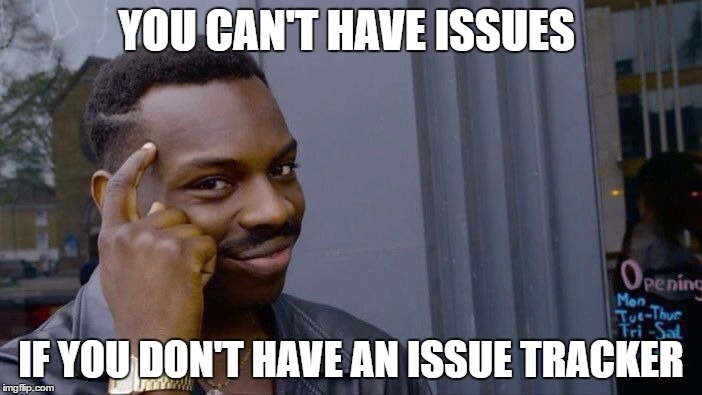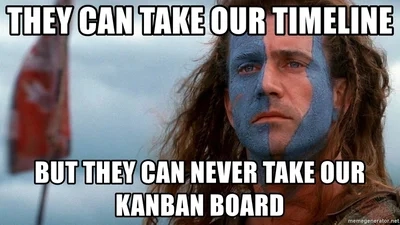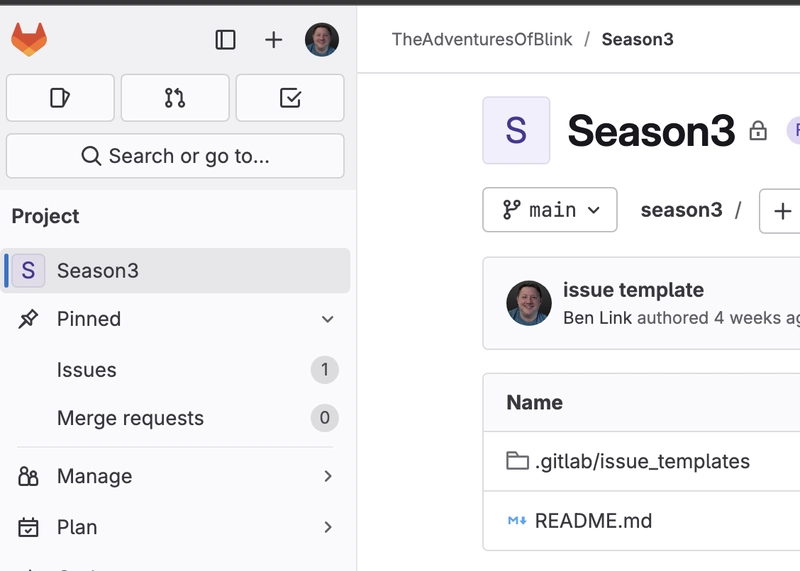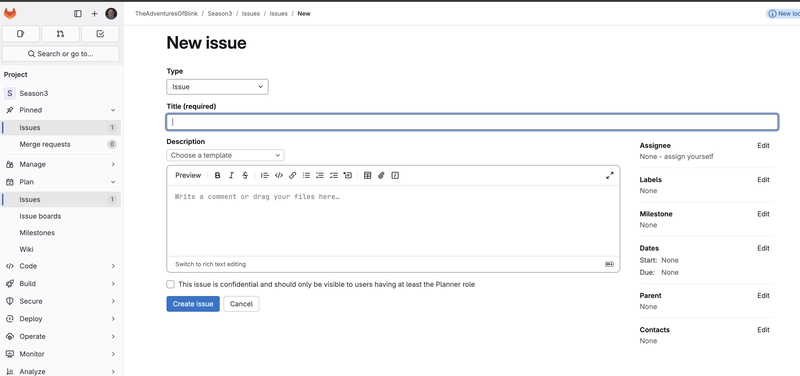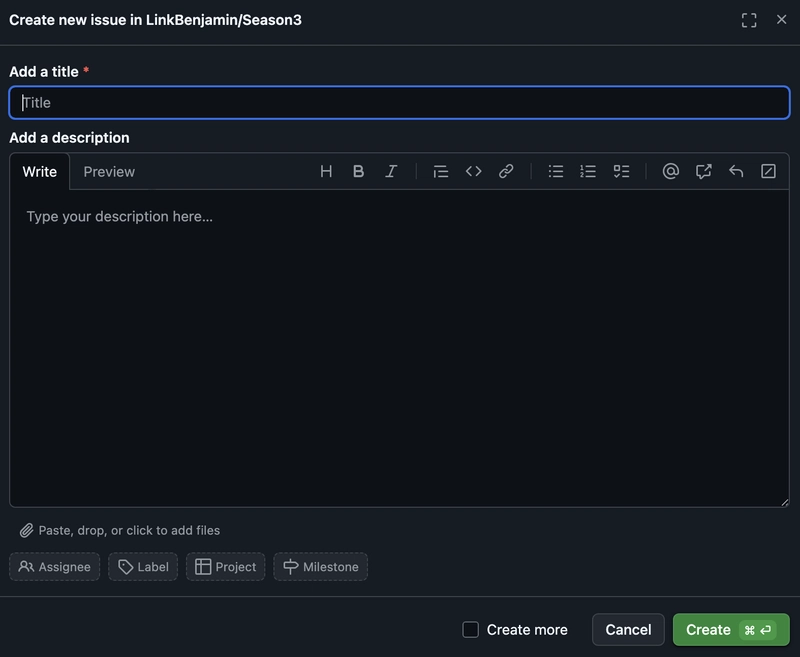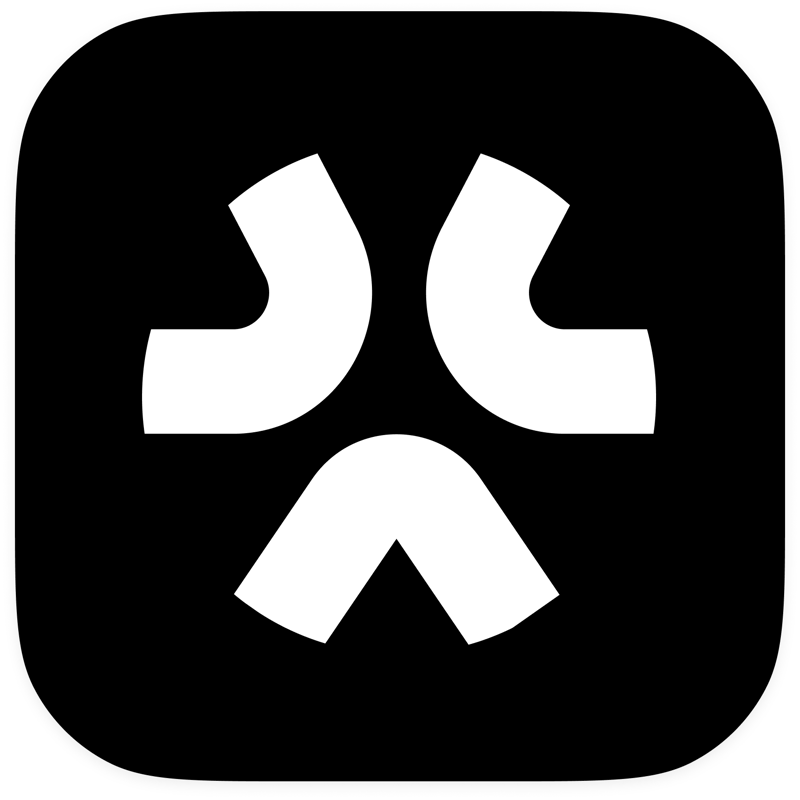The Adventures of Blink S3e6: Git Beyond the Code
Hey friends, and welcome to this week's Adventure of Blink! I'm so glad you're here, be sure to leave me an emoji to let me know if this helps you out, and follow the blog so you won’t miss any future adventures! TL/DR: Youtube Link Don't feel like reading all this? No worries, I got you! There's more to SCM than M'ing the SC Last week we learned how to use Pull Requests in GitHub and Merge Requests in GitLab. We talked about collaboration and how managing these requests through the web interface enhances our collaboration abilities. But surely there’s more to managing source code than that, right? Today we’re going to dig around further in GitHub and GitLab to see some other features we might find there, and how we can continue to improve our collaboration situation through the use of these extras. What extras am I talking about specifically? Why, Issues and Task Management, of course! Issues Both GitHub and GitLab support Issues, which are most commonly used for Bug Reporting and Feature Requests. In a normal public repository, anyone can open an issue or add comments to it, but only collaborators with access to the project can close it. Issues can be tagged and categorized by collaborators too, providing easy ways to search and sort through the list. Task Management Task Management has a close relationship to Issues. After all, each Issue represents a unit of work that a developer needs to address within the repo. So Task Management tools just make sense to include in your web interface… an easy way to organize the work created by folks adding Issues to the repo. Remember this is BEYOND git Before we start exploring these features, it’s really important to point out that none of the things we discuss today are part of GIT. They are strictly features of GitHub and GitLab… thus you cannot interact with issues from your git command line. GitLab Issues GitLab has an "Issues" menu, available here: And when you create an issue, you do so from a screen like this: GitHub Issues GitHub also has an "Issues" menu Creating an issue in GitHub is very similar to the experience in GitLab: Customizing our Issues Sometimes we need to define some more specific information that we want our users to provide for us to be able to work on an issue. As it turns out, there’s a way to do that! Both tools support the use of a configuration folder that you add to the repository: .github or .gitlab If you create a folder by this name in your repository, you can add config files to it that define "Templates" for custom issues. The tool documentation is much more detailed than I have space to provide here, so check out these links to learn the specifics of how templates work: GitLab Templates GitHub Templates This will allow you to create multiple types of issues, and ask for specific inputs with each type. Now… if you had a bunch of issues coming into a large and popular repository, you’d want an easy way to triage and organize your thoughts. As it turns out, both tools also support a task management feature! In GitHub, it’s called “Projects” and you can create them across multiple repositories within your account. In GitLab, it’s called “Issue Boards” and the board is part of a specific repository. Wrapping up Today we’ve only scratched the surface of these features - you can customize extensively to make it easy to manage your work! And while this isn’t a feature of Git, it’s nonetheless a valuable ability within your repository! That wraps up today’s episode - make sure to tune in next week as we talk about automation options with GitHub Actions!

Hey friends, and welcome to this week's Adventure of Blink! I'm so glad you're here, be sure to leave me an emoji to let me know if this helps you out, and follow the blog so you won’t miss any future adventures!
TL/DR: Youtube Link
Don't feel like reading all this? No worries, I got you!
There's more to SCM than M'ing the SC
Last week we learned how to use Pull Requests in GitHub and Merge Requests in GitLab. We talked about collaboration and how managing these requests through the web interface enhances our collaboration abilities.
But surely there’s more to managing source code than that, right? Today we’re going to dig around further in GitHub and GitLab to see some other features we might find there, and how we can continue to improve our collaboration situation through the use of these extras.
What extras am I talking about specifically?
Why, Issues and Task Management, of course!
Issues
Both GitHub and GitLab support Issues, which are most commonly used for Bug Reporting and Feature Requests. In a normal public repository, anyone can open an issue or add comments to it, but only collaborators with access to the project can close it. Issues can be tagged and categorized by collaborators too, providing easy ways to search and sort through the list.
Task Management
Task Management has a close relationship to Issues. After all, each Issue represents a unit of work that a developer needs to address within the repo. So Task Management tools just make sense to include in your web interface… an easy way to organize the work created by folks adding Issues to the repo.
Remember this is BEYOND git
Before we start exploring these features, it’s really important to point out that none of the things we discuss today are part of GIT. They are strictly features of GitHub and GitLab… thus you cannot interact with issues from your git command line.
GitLab Issues
GitLab has an "Issues" menu, available here:
And when you create an issue, you do so from a screen like this:
GitHub Issues
GitHub also has an "Issues" menu
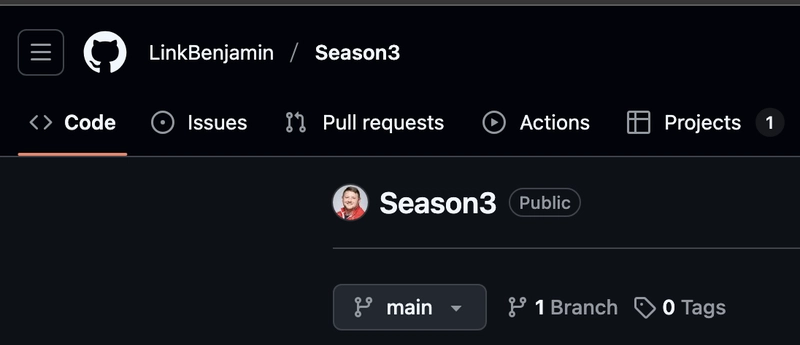
Creating an issue in GitHub is very similar to the experience in GitLab:
Customizing our Issues
Sometimes we need to define some more specific information that we want our users to provide for us to be able to work on an issue. As it turns out, there’s a way to do that! Both tools support the use of a configuration folder that you add to the repository:
.github or .gitlab
If you create a folder by this name in your repository, you can add config files to it that define "Templates" for custom issues. The tool documentation is much more detailed than I have space to provide here, so check out these links to learn the specifics of how templates work:
This will allow you to create multiple types of issues, and ask for specific inputs with each type.
Now… if you had a bunch of issues coming into a large and popular repository, you’d want an easy way to triage and organize your thoughts.
As it turns out, both tools also support a task management feature!
In GitHub, it’s called “Projects” and you can create them across multiple repositories within your account.
In GitLab, it’s called “Issue Boards” and the board is part of a specific repository.
Wrapping up
Today we’ve only scratched the surface of these features - you can customize extensively to make it easy to manage your work! And while this isn’t a feature of Git, it’s nonetheless a valuable ability within your repository! That wraps up today’s episode - make sure to tune in next week as we talk about automation options with GitHub Actions!





























![[Webinar] AI Is Already Inside Your SaaS Stack — Learn How to Prevent the Next Silent Breach](https://blogger.googleusercontent.com/img/b/R29vZ2xl/AVvXsEiOWn65wd33dg2uO99NrtKbpYLfcepwOLidQDMls0HXKlA91k6HURluRA4WXgJRAZldEe1VReMQZyyYt1PgnoAn5JPpILsWlXIzmrBSs_TBoyPwO7hZrWouBg2-O3mdeoeSGY-l9_bsZB7vbpKjTSvG93zNytjxgTaMPqo9iq9Z5pGa05CJOs9uXpwHFT4/s1600/ai-cyber.jpg?#)










































































































































![[The AI Show Episode 144]: ChatGPT’s New Memory, Shopify CEO’s Leaked “AI First” Memo, Google Cloud Next Releases, o3 and o4-mini Coming Soon & Llama 4’s Rocky Launch](https://www.marketingaiinstitute.com/hubfs/ep%20144%20cover.png)
















































































































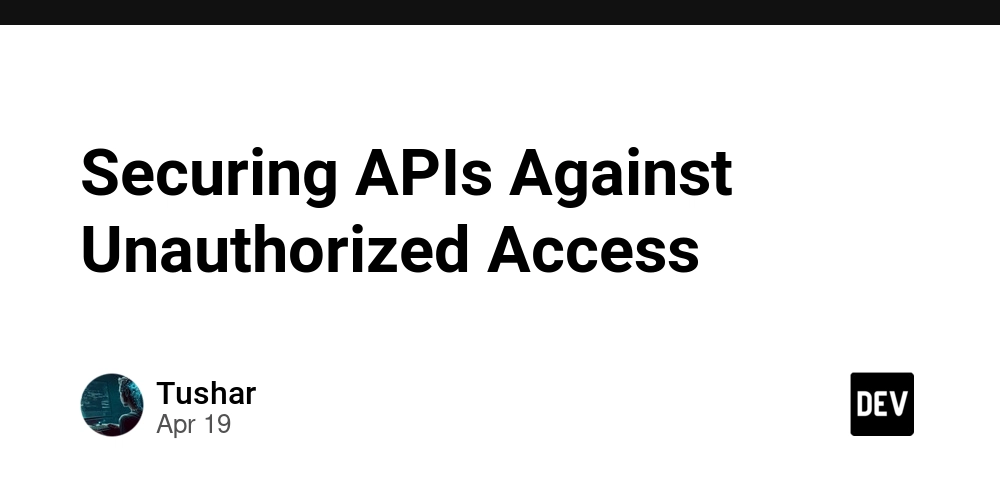












![[FREE EBOOKS] Machine Learning Hero, AI-Assisted Programming for Web and Machine Learning & Four More Best Selling Titles](https://www.javacodegeeks.com/wp-content/uploads/2012/12/jcg-logo.jpg)








































































![Rogue Company Elite tier list of best characters [April 2025]](https://media.pocketgamer.com/artwork/na-33136-1657102075/rogue-company-ios-android-tier-cover.jpg?#)








































































_Andreas_Prott_Alamy.jpg?width=1280&auto=webp&quality=80&disable=upscale#)






























































































![What’s new in Android’s April 2025 Google System Updates [U: 4/18]](https://i0.wp.com/9to5google.com/wp-content/uploads/sites/4/2025/01/google-play-services-3.jpg?resize=1200%2C628&quality=82&strip=all&ssl=1)










![Apple Watch Series 10 Back On Sale for $299! [Lowest Price Ever]](https://www.iclarified.com/images/news/96657/96657/96657-640.jpg)
![EU Postpones Apple App Store Fines Amid Tariff Negotiations [Report]](https://www.iclarified.com/images/news/97068/97068/97068-640.jpg)
![Apple Slips to Fifth in China's Smartphone Market with 9% Decline [Report]](https://www.iclarified.com/images/news/97065/97065/97065-640.jpg)


































































































































